Hiba Essential Oil (Thujopsis dolobrata)
Hiba Essential Oil brings a unique calm with gentle smokiness alike the quiet temples found on Japanese lands.
- Antiseptic
- Fungicide
- Antibacterial
- Insect Repellant
- Stress Reduction
Aromatic Scent: Expansive green forest hues & soft woody notes express themselves in humble balance ~
Dr. Nick Notes
Thujopsis dolobrata / Hiba Cedar belongs to a coniferous genus of the cypress family that is indigenous specifically to Japan. Hiba Cedar is a medium to large evergreen tree with red-brown bark. Hiba Cedar also has common names: Hiba Wood, False Arborvitae, or Hiba Arborvitae,
Thujopsis dolobrata is a highly valued ornamental tree in Japan that is commonly planted around temples. The wood has been favored for its use in carpentry due to its high resistance to rot, pleasing aroma, and beautiful finish. The high resistance to rot is due to the strong antimicrobial property of the Hiba essential oil. The oil has exhibited effectiveness in killing antibiotic resistant bacteria in scientific studies.
Hiba Cedarwood Essential Oil is a unique and very uncommon Cedar oil that comes from Japan. There is a very clean & clear energy around Hiba essential oil, like sitting in a Japanese sauna and experiencing your nervous system relax. I’ve found this Hiba Oil for use in botanical perfumery, homemade cleaning supplies and simply used to aromatize your environment using a diffuser ~
How to Use
- ~ Add (0.5 - 2.5%) to body care products such as Liquid Soaps, Shampoos or Salves etc. to enhance cleansing properties.
- ~ Apply 3-5 drops on the soles of feet, and let sit for 5-10 minutes to promote states of deep calm and focus.
- ~ Use as an insect repellant - apply directly to the skin neat or infused into a carrier oil (~2.5 - 5%). Can also make a mister using 2.5% EO infused in Spring Water!
~ Forever Grateful ~
Precautions: To be avoided during pregnancy and breastfeeding. May be reproductively toxic in higher doses.
Blends Well With: Cedar Atlas, Vetiver, Red Spikenard, Black Spruce, Silver Fir, Frankincense, Myrrh, Leleshwa, Hawaaiian Sandalwood, Palo Santo, Pine, Clary Sage, Rosewood, Cypress, Juniper, Rosemary Cineole, Ylang Ylang
Cultivation: Wild
Country of Origin: Japan
Extraction Method: Steam Distillation
Parts of Plant Used: Wood
Terpenes: β-Thujaplicin, β-Dolabrin, α-Thujaplicin, γ-Thujaplicin, 4-Acetyltropolone
References
https://en.wikipedia.org/wiki/Thujopsis
Tisserand, R., Young, R., & Williamson, E. M. (2014). Essential oil safety: a guide for health care professionals (2nd ed.). Edinburgh: Churchill Livingstone/Elsevier.
https://www.tandfonline.com/doi/full/10.1080/09168451.2014.918492
* These statements have not been evaluated by the Food and Drug Administration. This product is not intended to diagnose, treat, cure or prevent any disease. If you are pregnant, nursing, taking medication, or have a medical condition, consult your physician before using this product. *
2 reviews for Hiba Essential Oil
Join Our Mailing List
World-Class Essential Oils
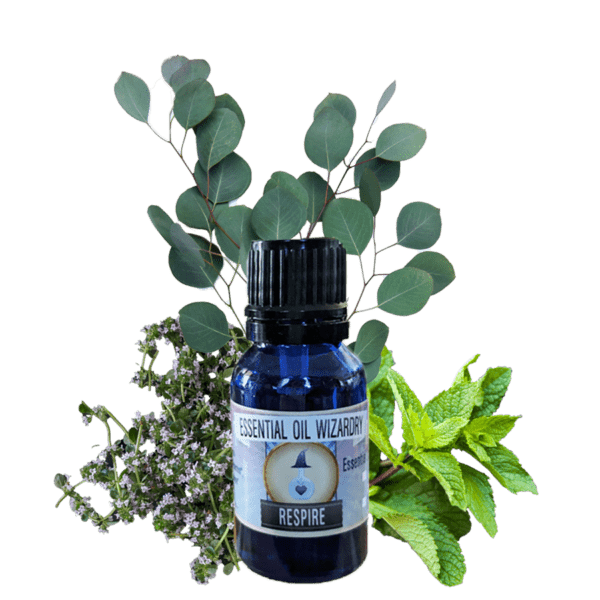
Wizard Alchemy Blends
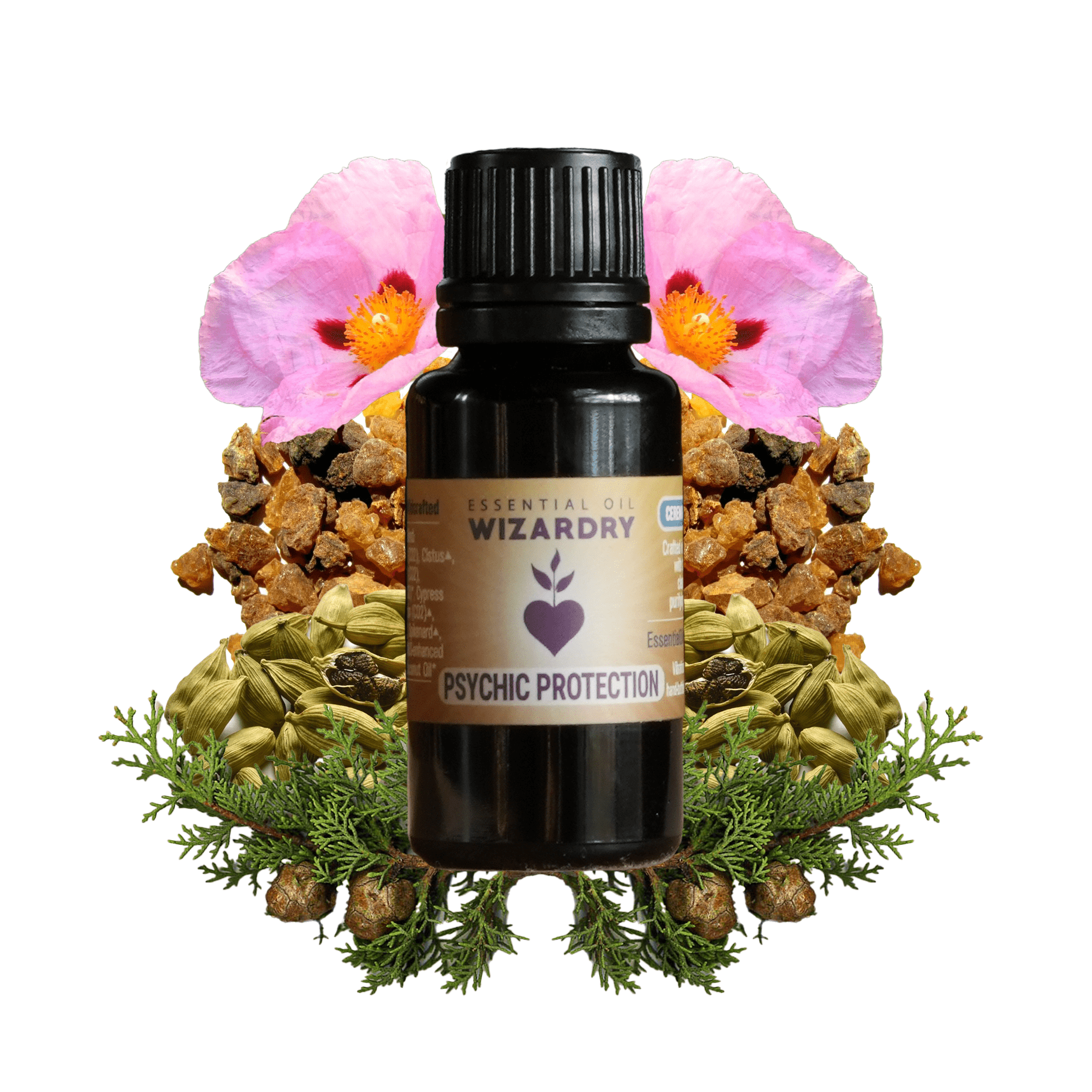
Shop By Benefits
podcasts, events, and classes/courses
Alchemy Club Membership
The EOW Alchemy Club is a one-of-a-kind monthly subscription service for those seeking an affordable way to explore the wonderful world of botanical alchemy.

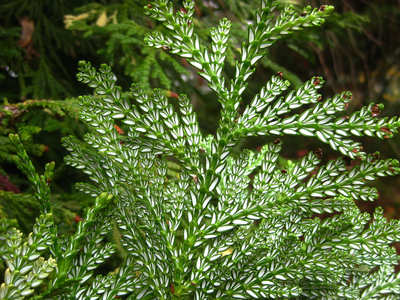
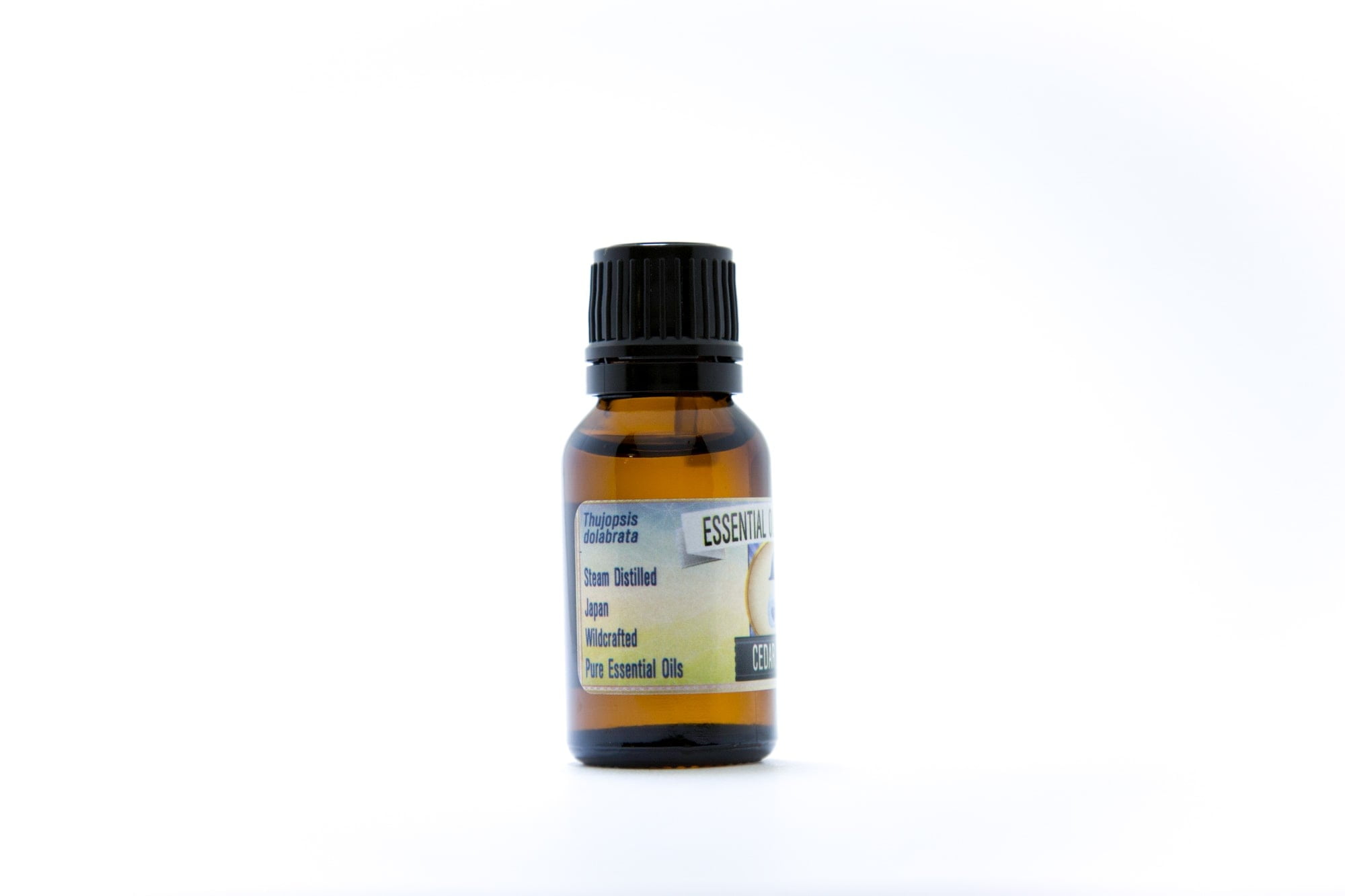


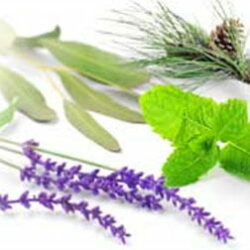
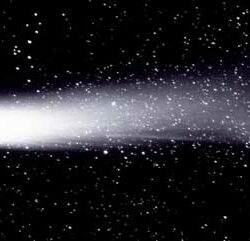
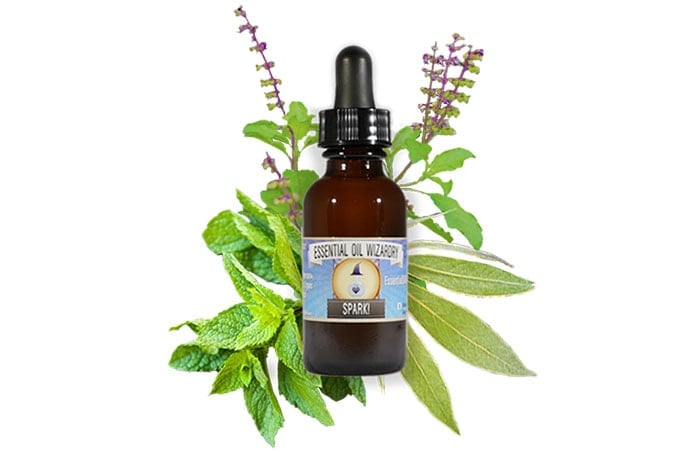


Melissa Z. (Essential Oil Wizardry) –
One of my favorites. Earthy. It’s like I am the forest when I’m wearing it. I enjoy with Super Chakra Blend
Sara L. (Essential Oil Wizardry) –